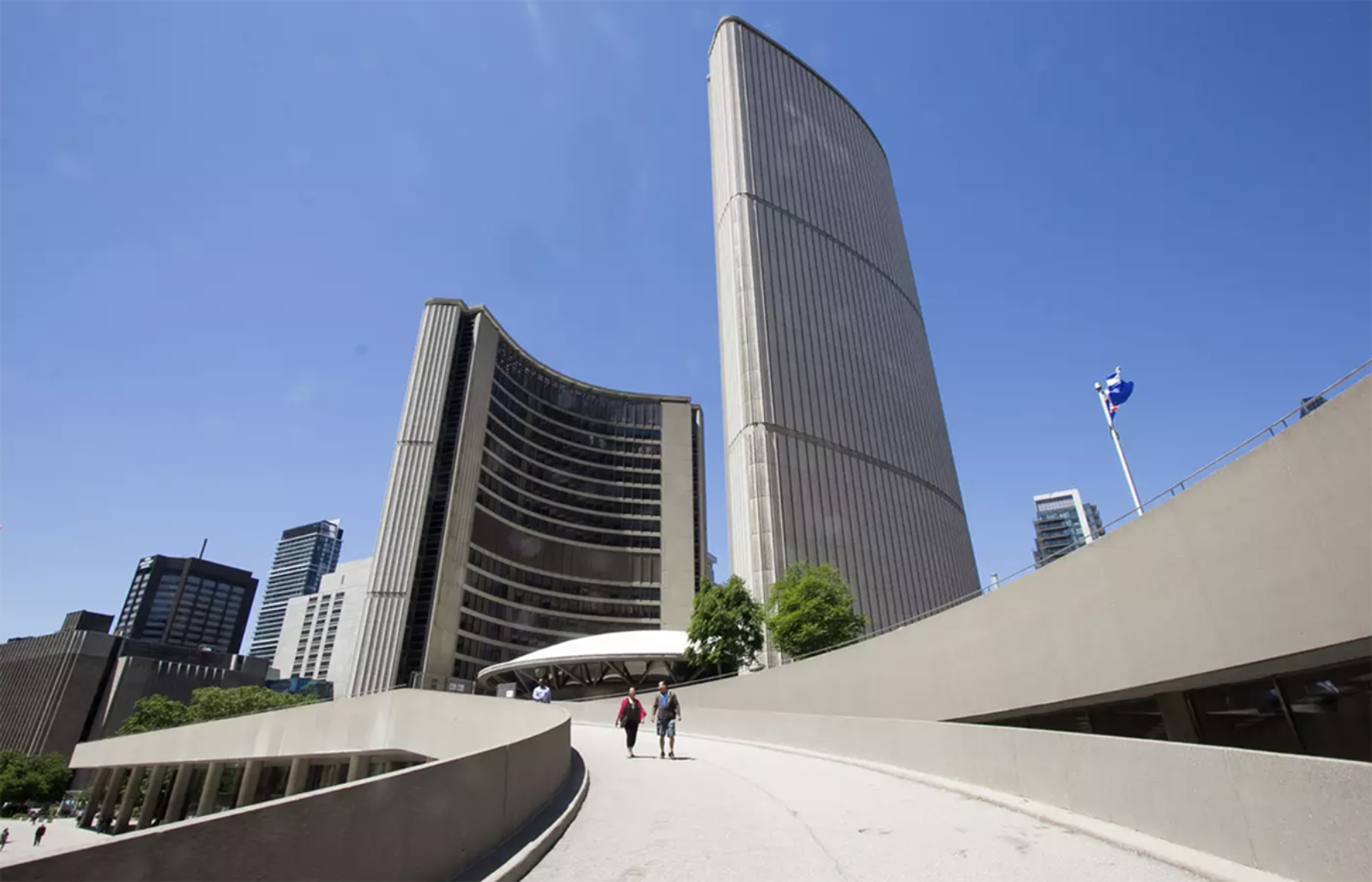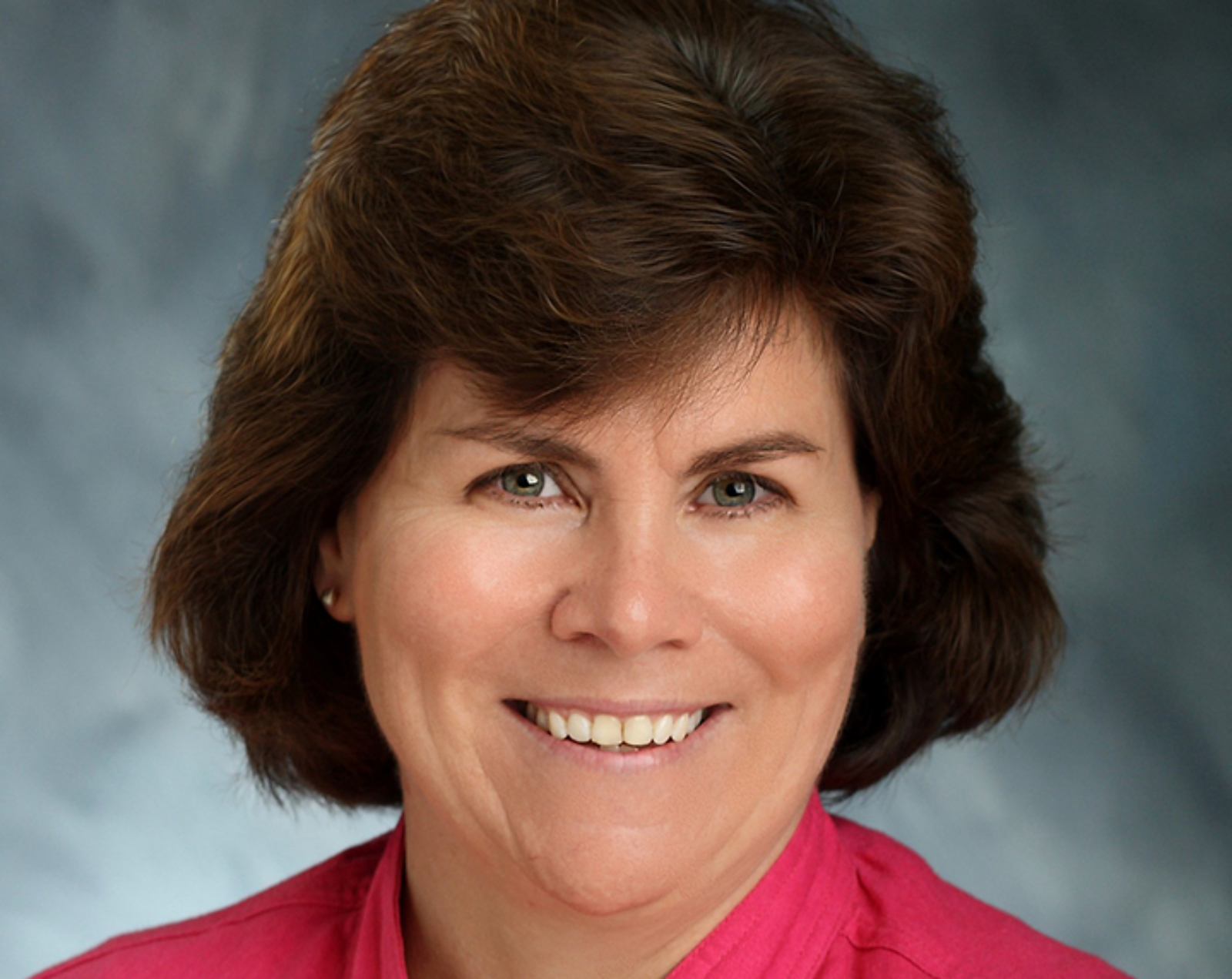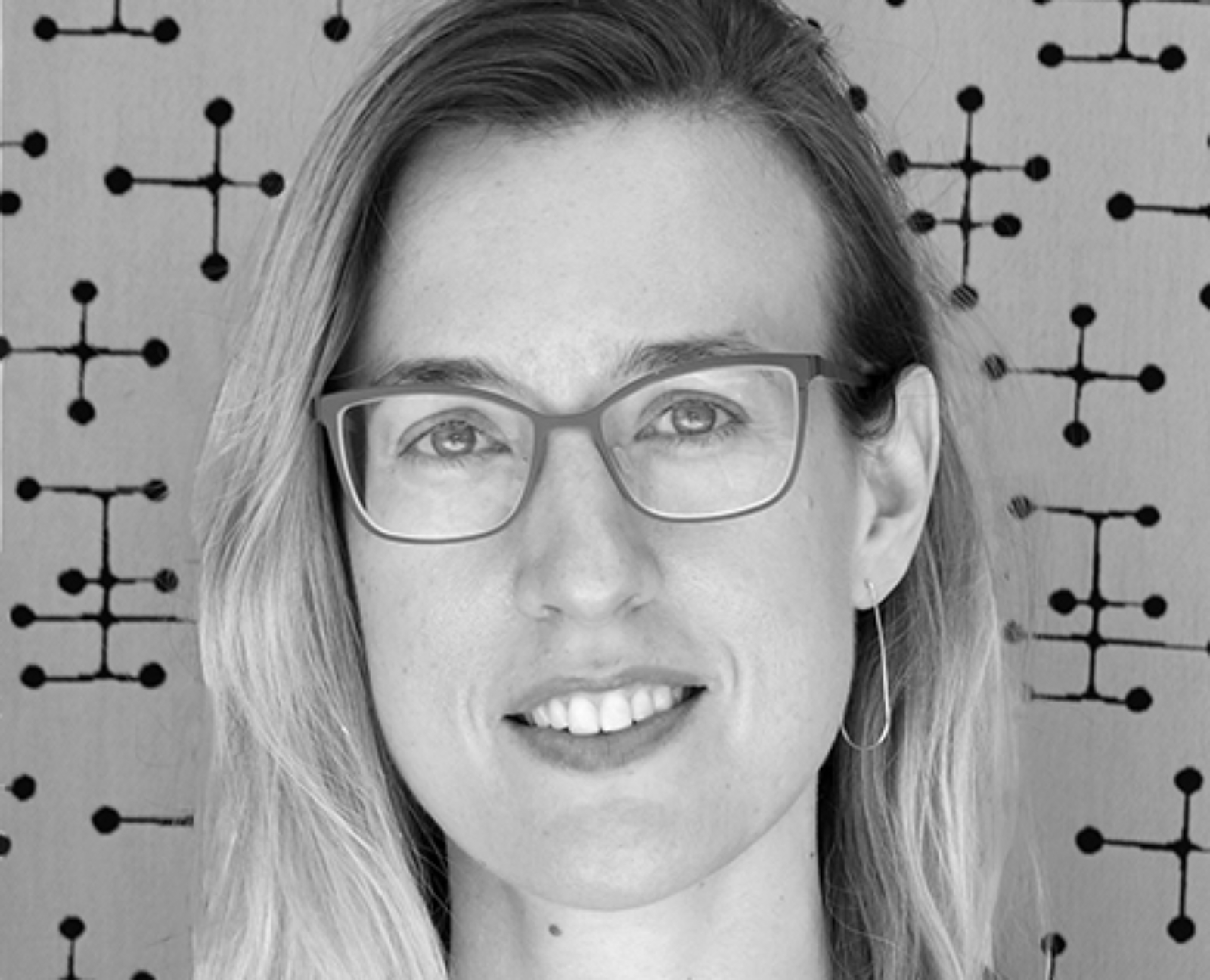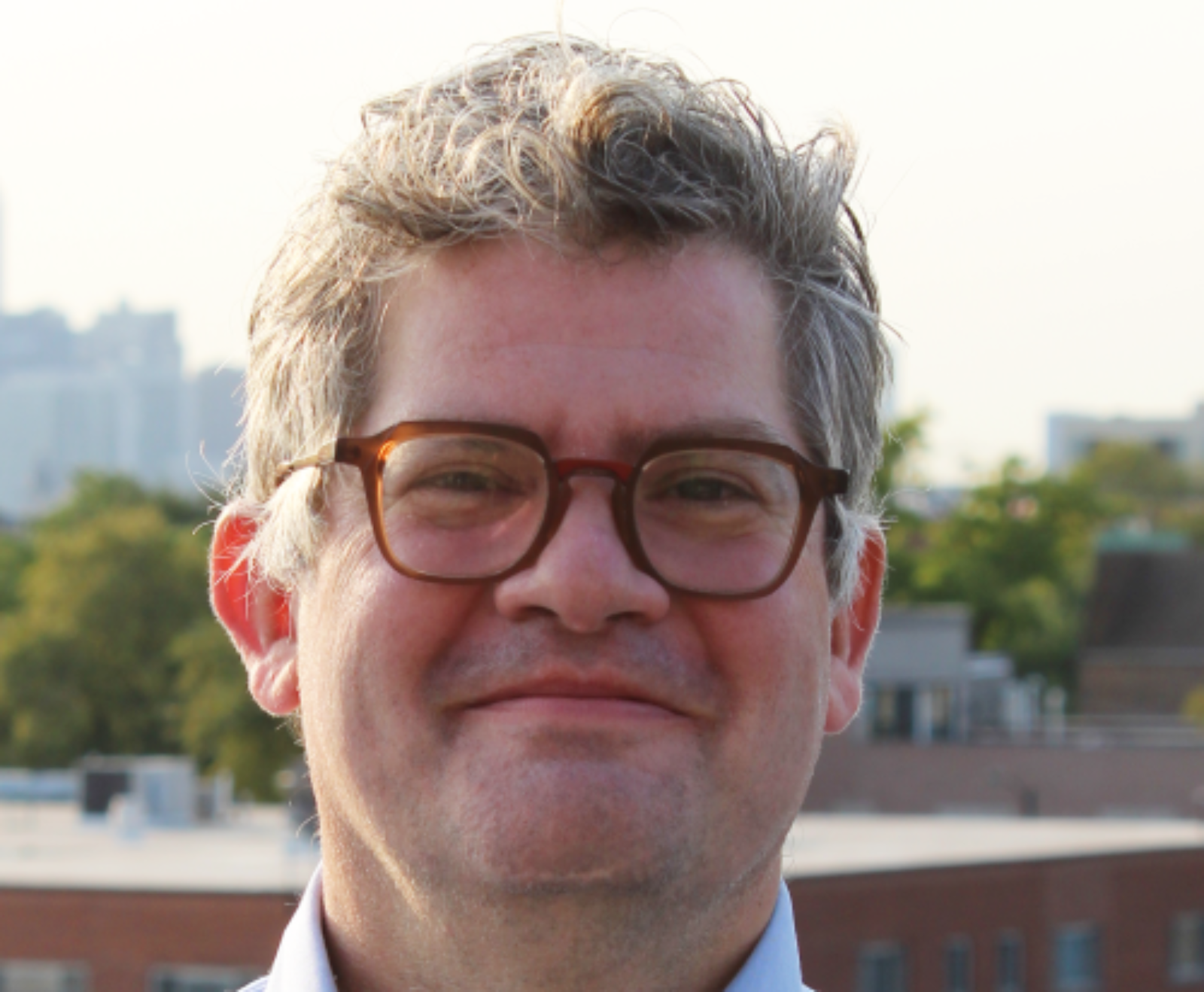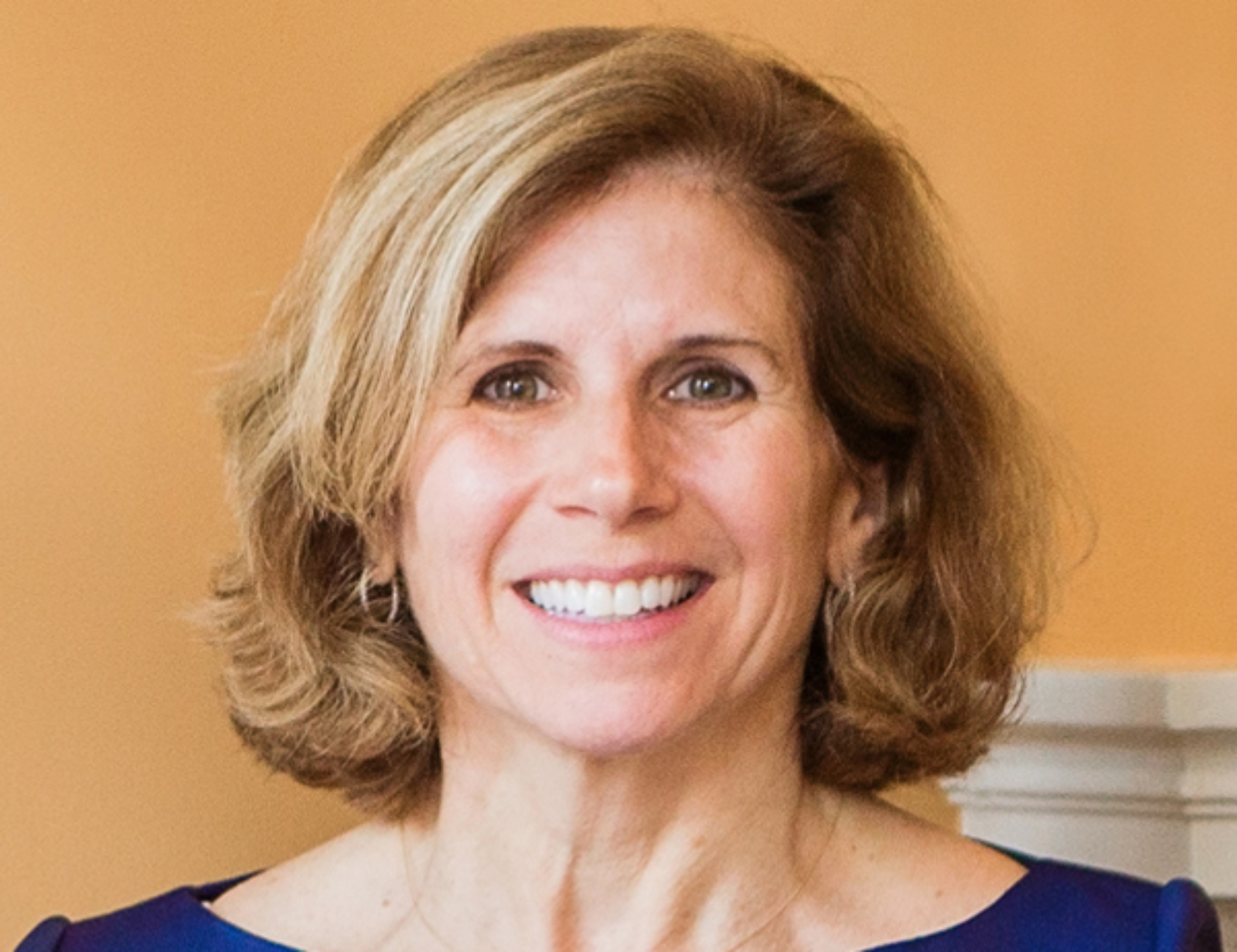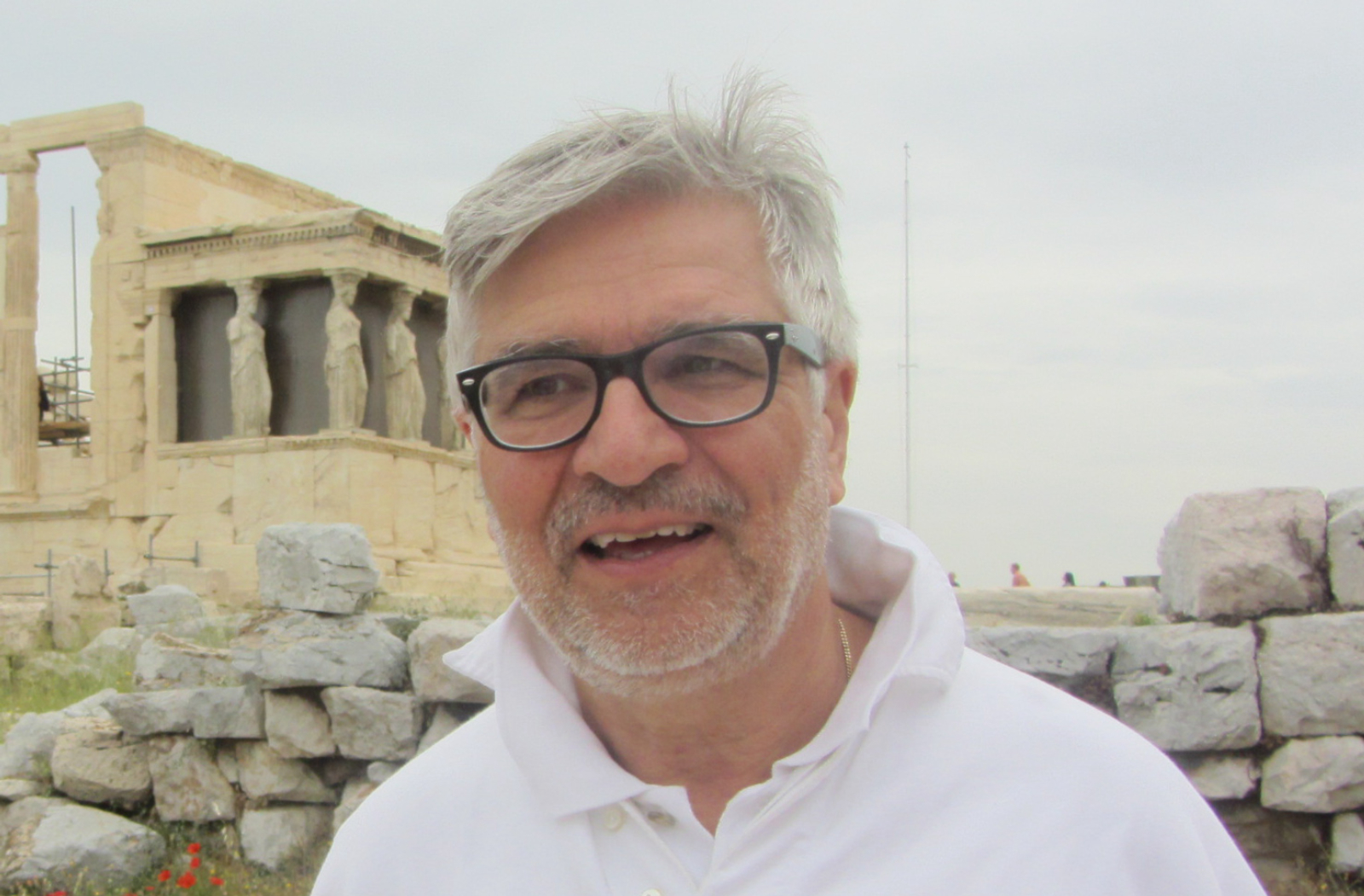Day Four Late Afternoon Sessions
Glass Boxes and Beyond
Session 1
Volunteers, Research, and Technology: Promoting and preserving Midland, Michigan’s unique architecture
Session 2
Sustaining Social Significance: North Christian Church in Columbus, Indiana
Session 3
A Tale of Two Houses: Conservation of the Farnsworth House and the Glass House
Session 4
American modernists enter Toronto’s 1958 City Hall competition
Volunteers, Research, and Technology: Promoting and Preserving Midland, Michigan’s Unique Architecture
Mid-Century Modern Midland (MCMM) was established to document the architectural and design history that is so prominent and rare for a small, mid-western city. This two-year process began with 30 volunteer canvassers and ended with over 400 structures identified as mid-twentieth century design.
MCMM then launched a website and mobile app to share this information, as well as biographical information on the architects and designers. This technology is creating broader awareness of Midland’s unique architectural heritage. In addition to the website and app, MCMM’s ongoing programming includes lectures and tours. By educating others as to the significance of this style, the emphasis on preservation in enhanced. Ultimately, since many people travel the globe to see and experience great architecture and design, Midland’s collection of mid-twentieth century architecture, accessible using a smartphone, has the power to entice people to visit and to have a lasting impact economically for the city.
